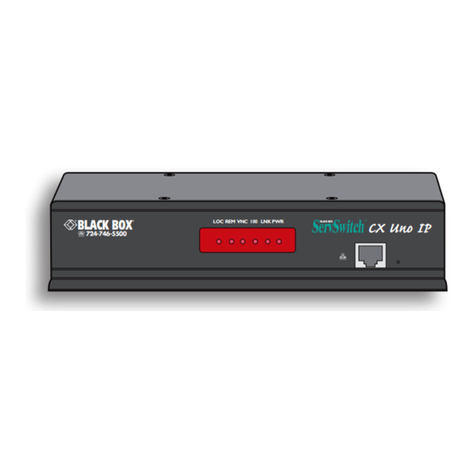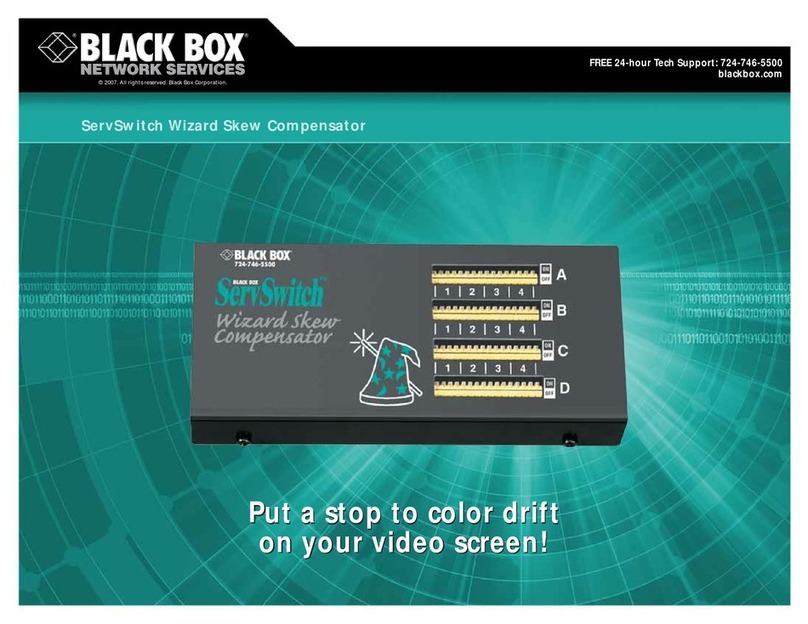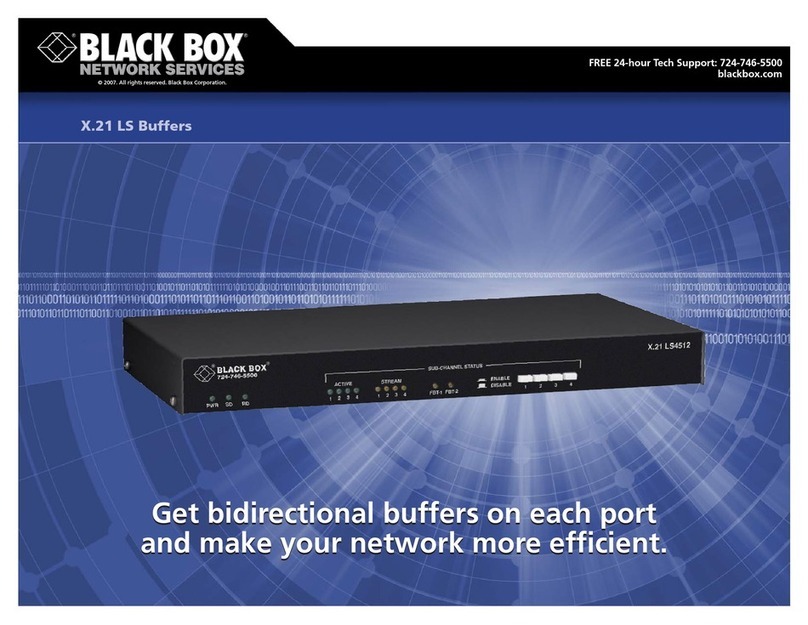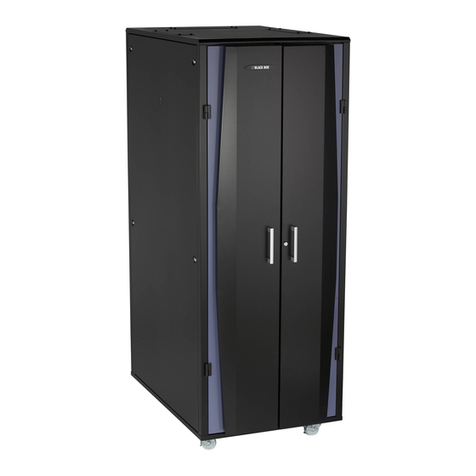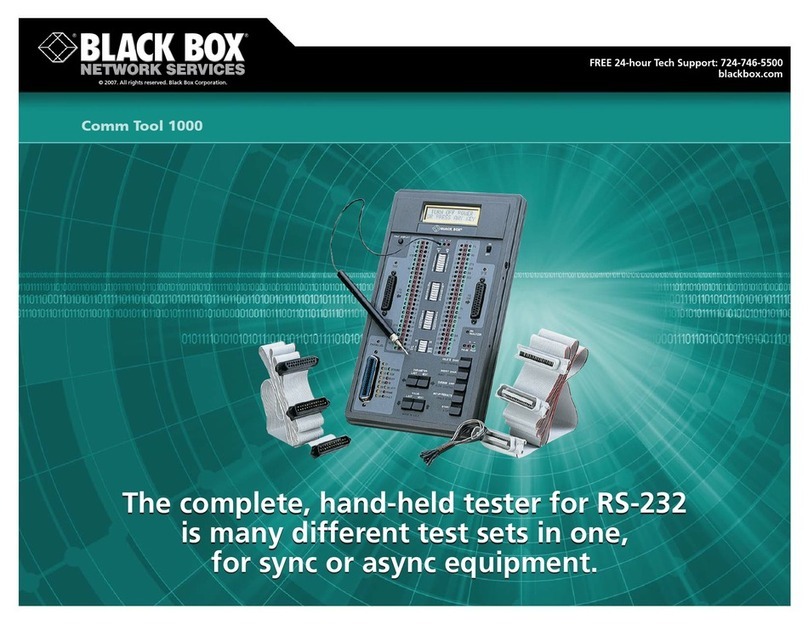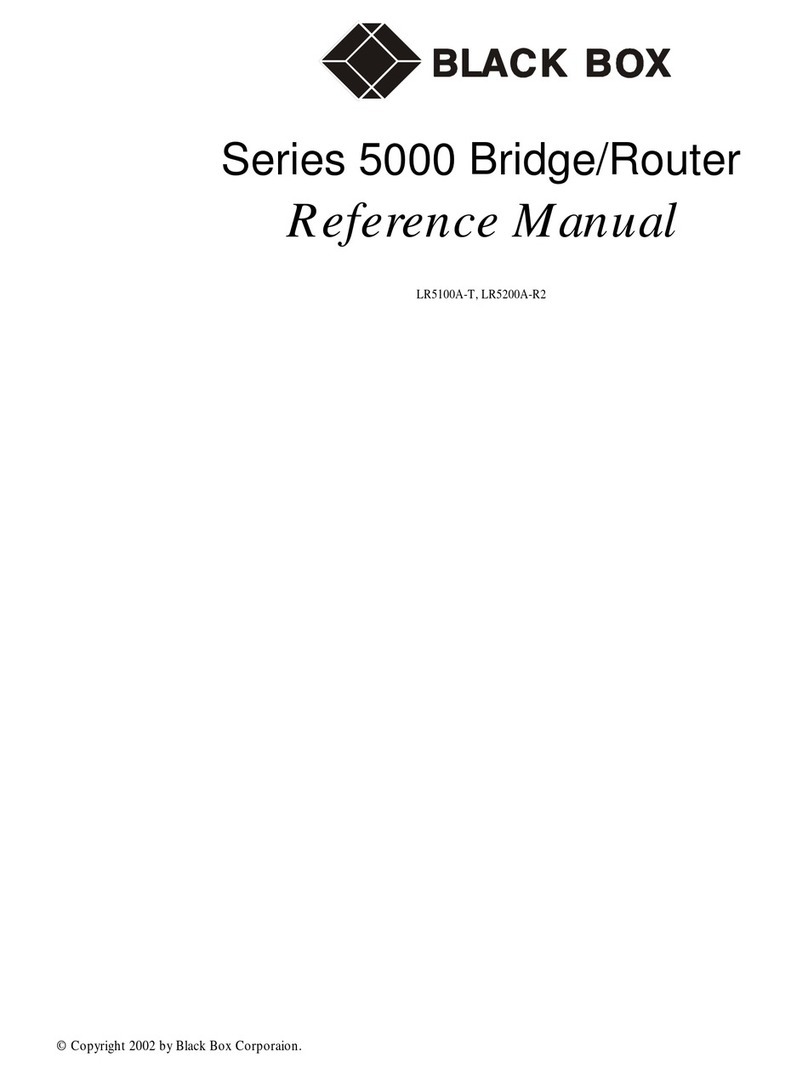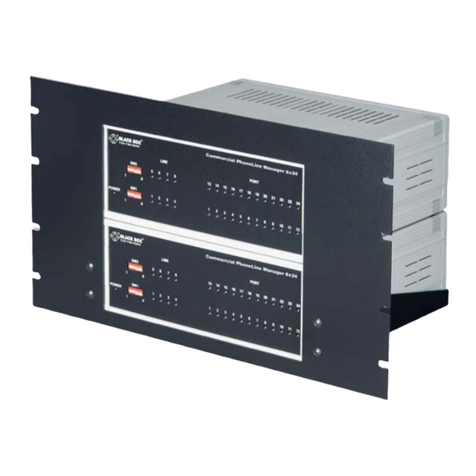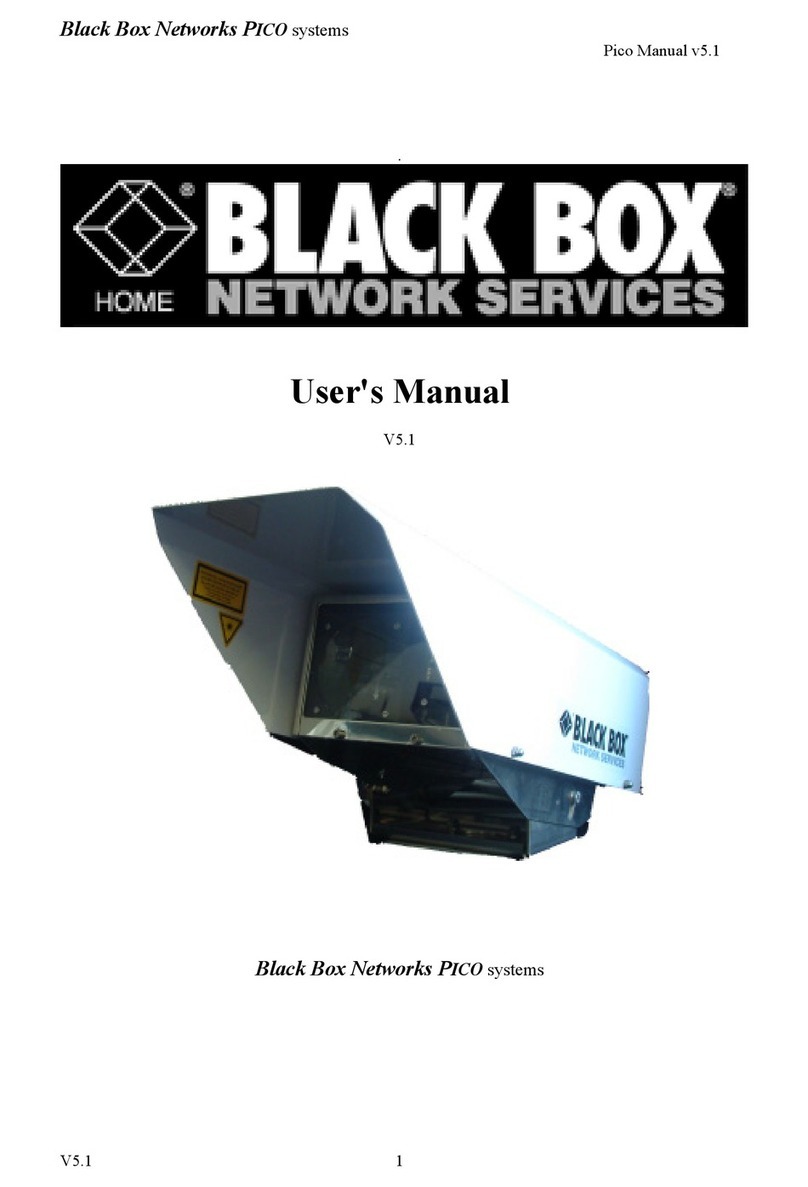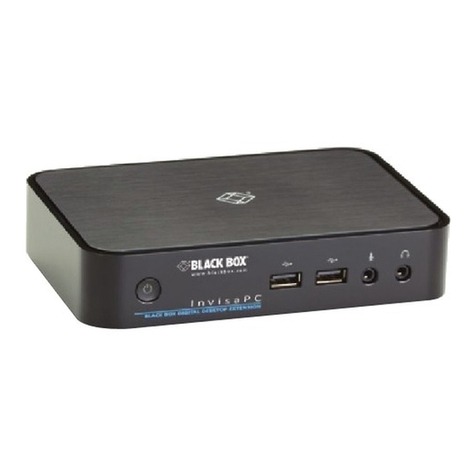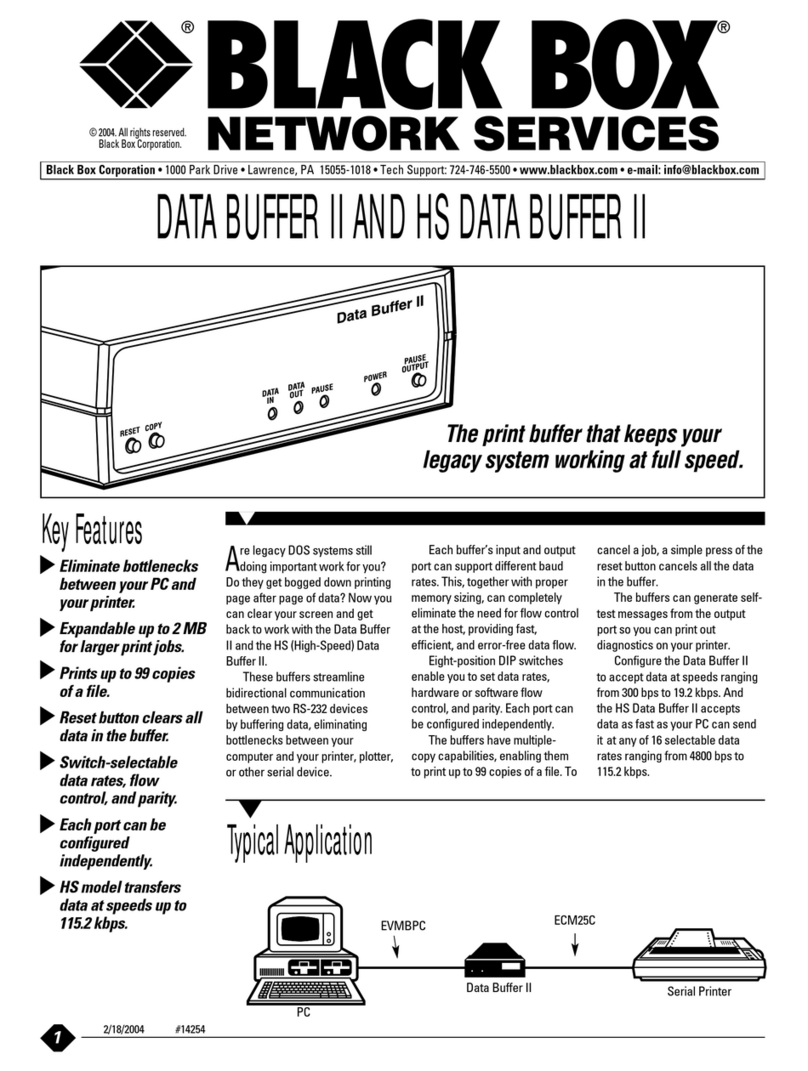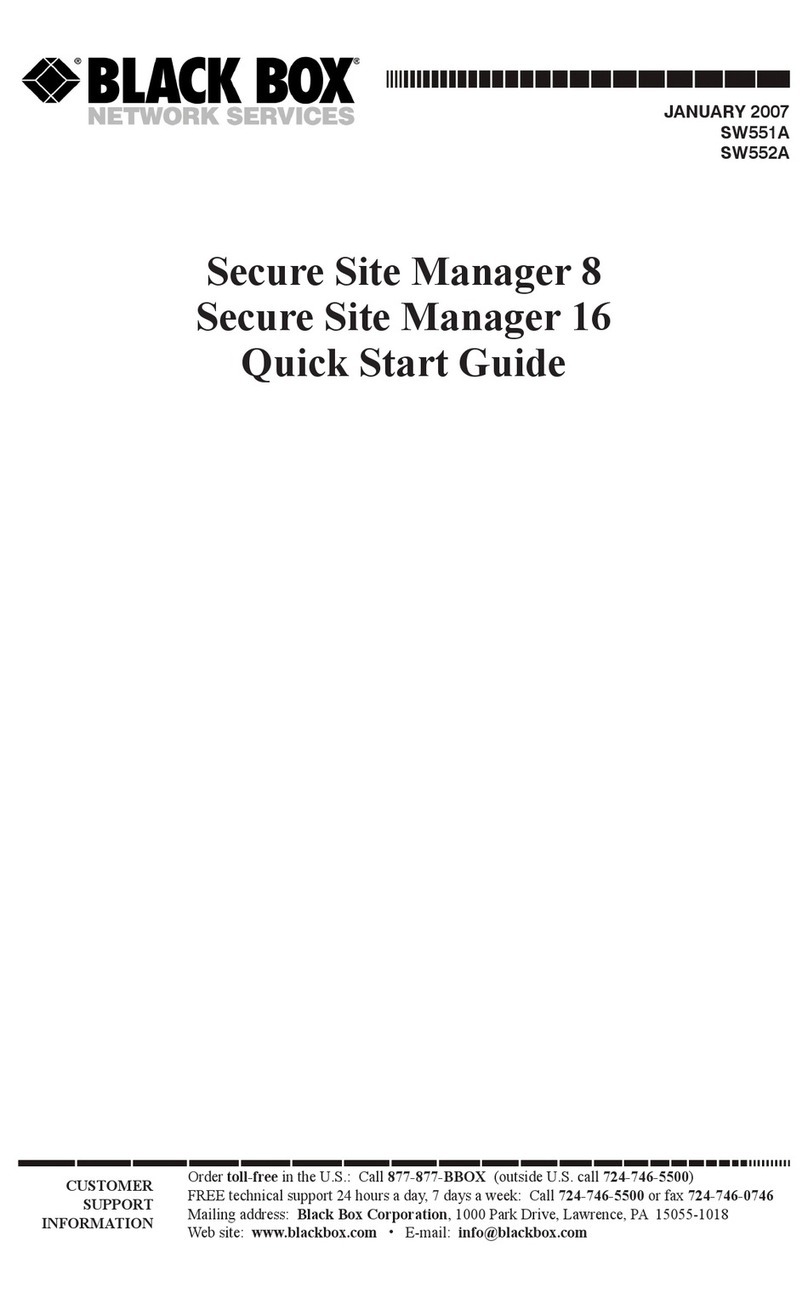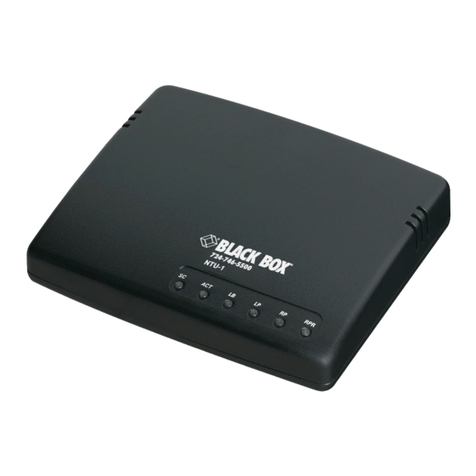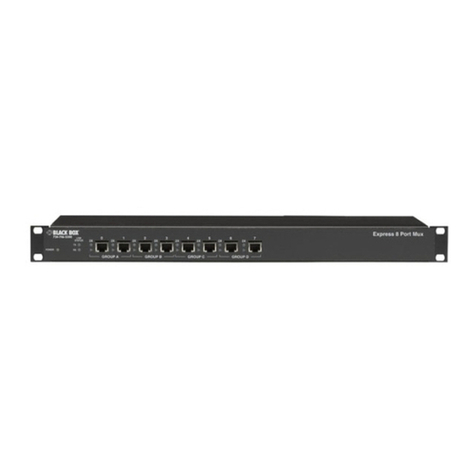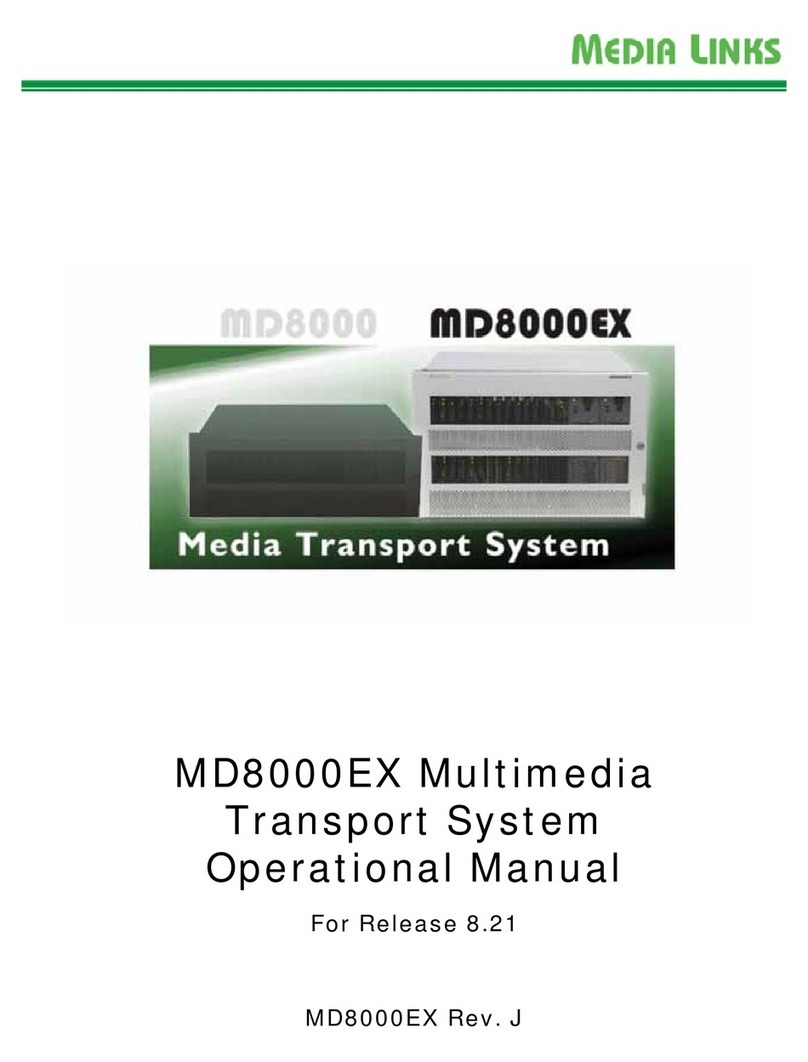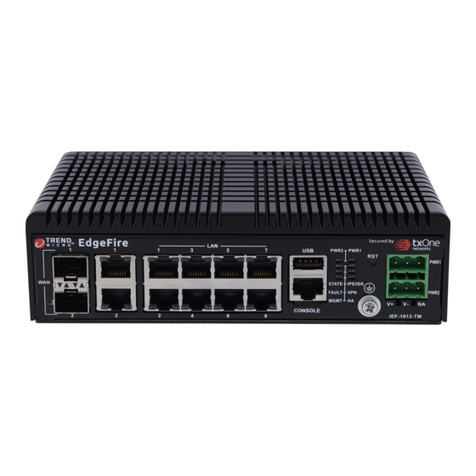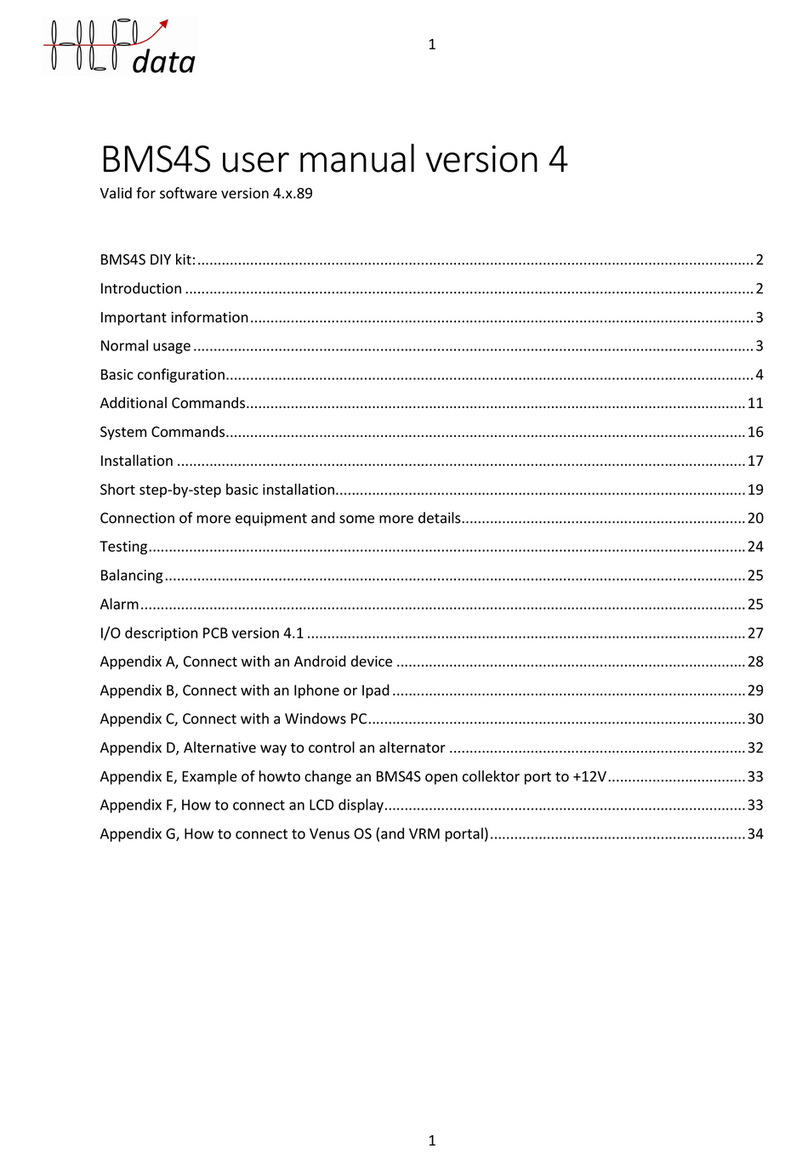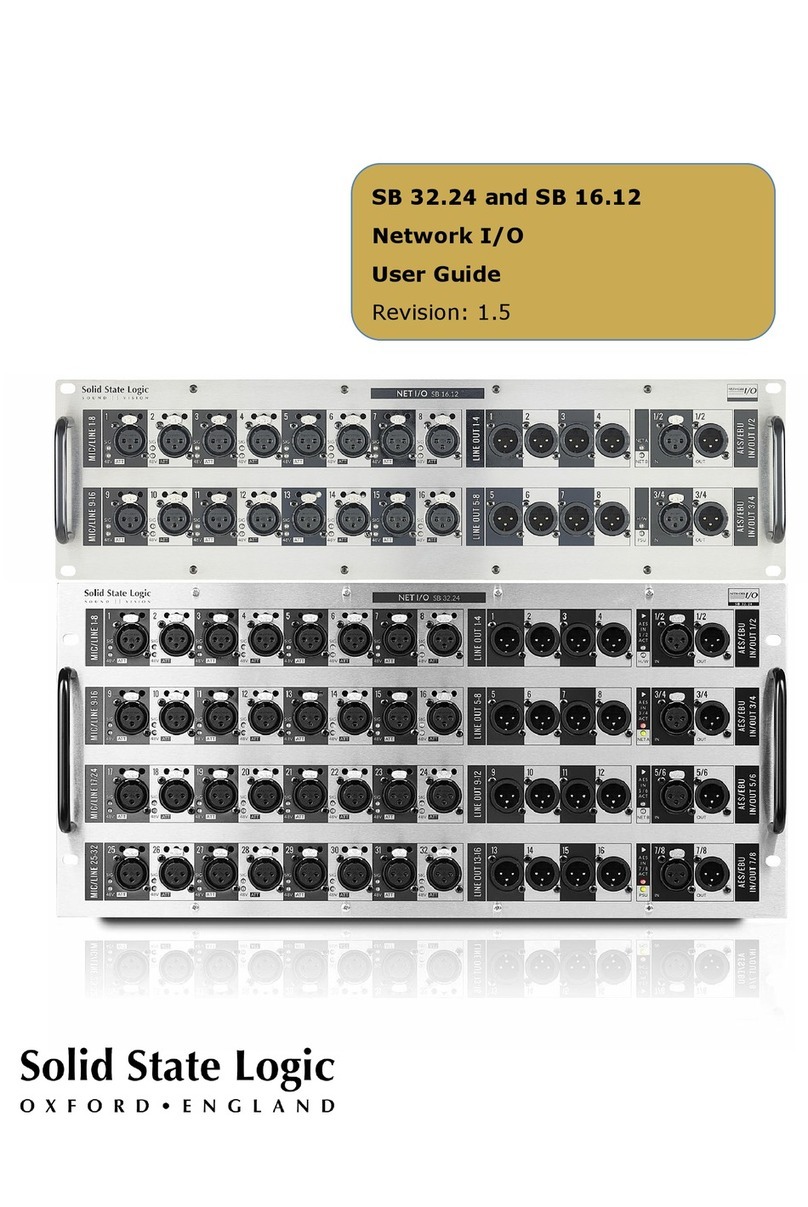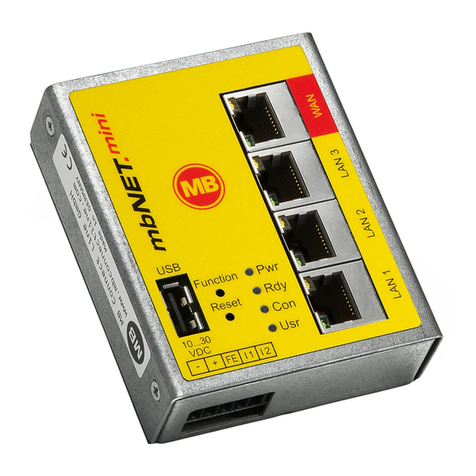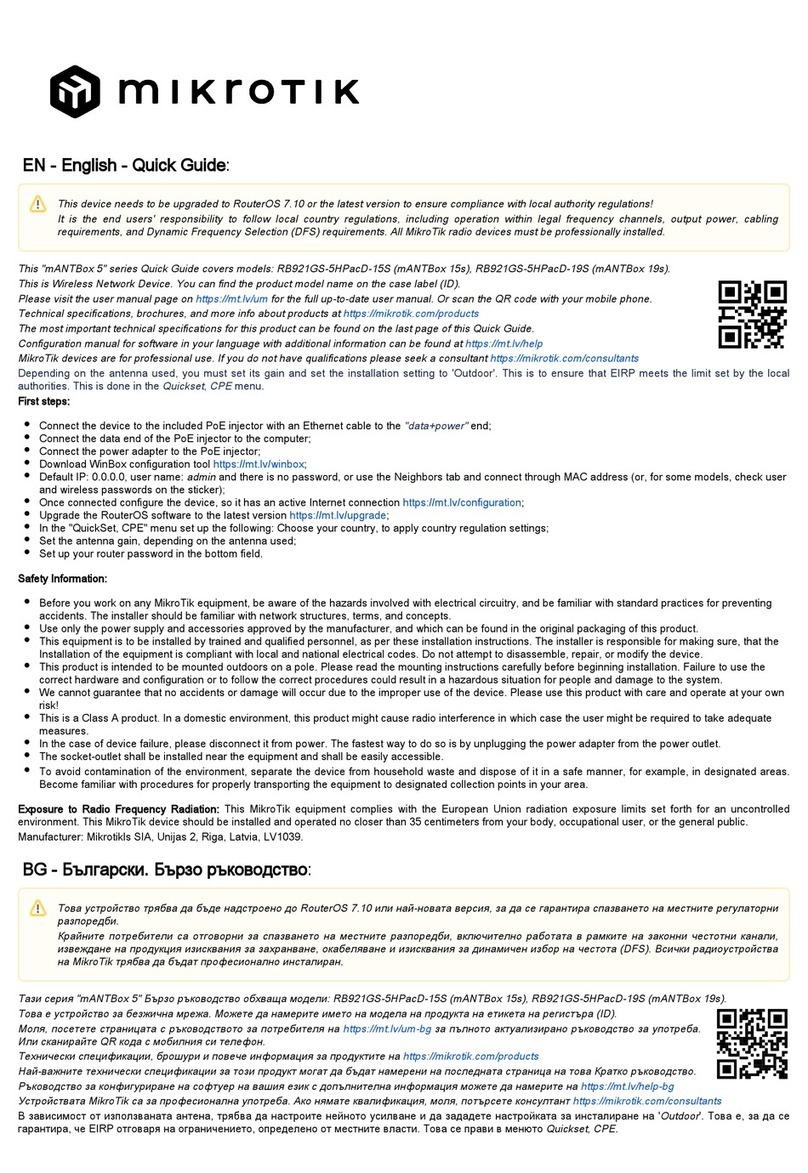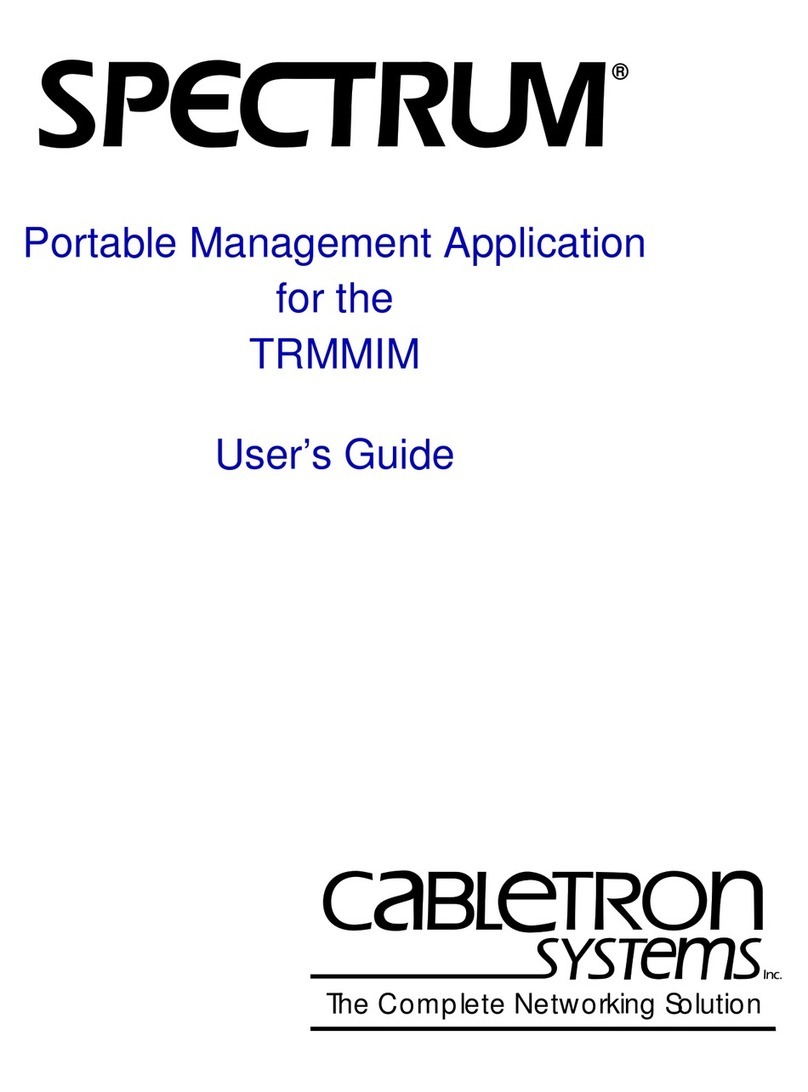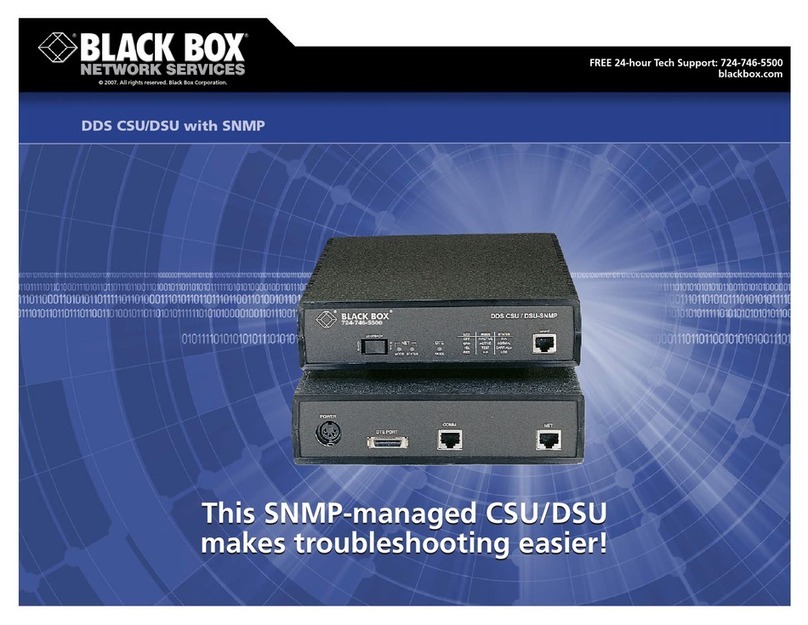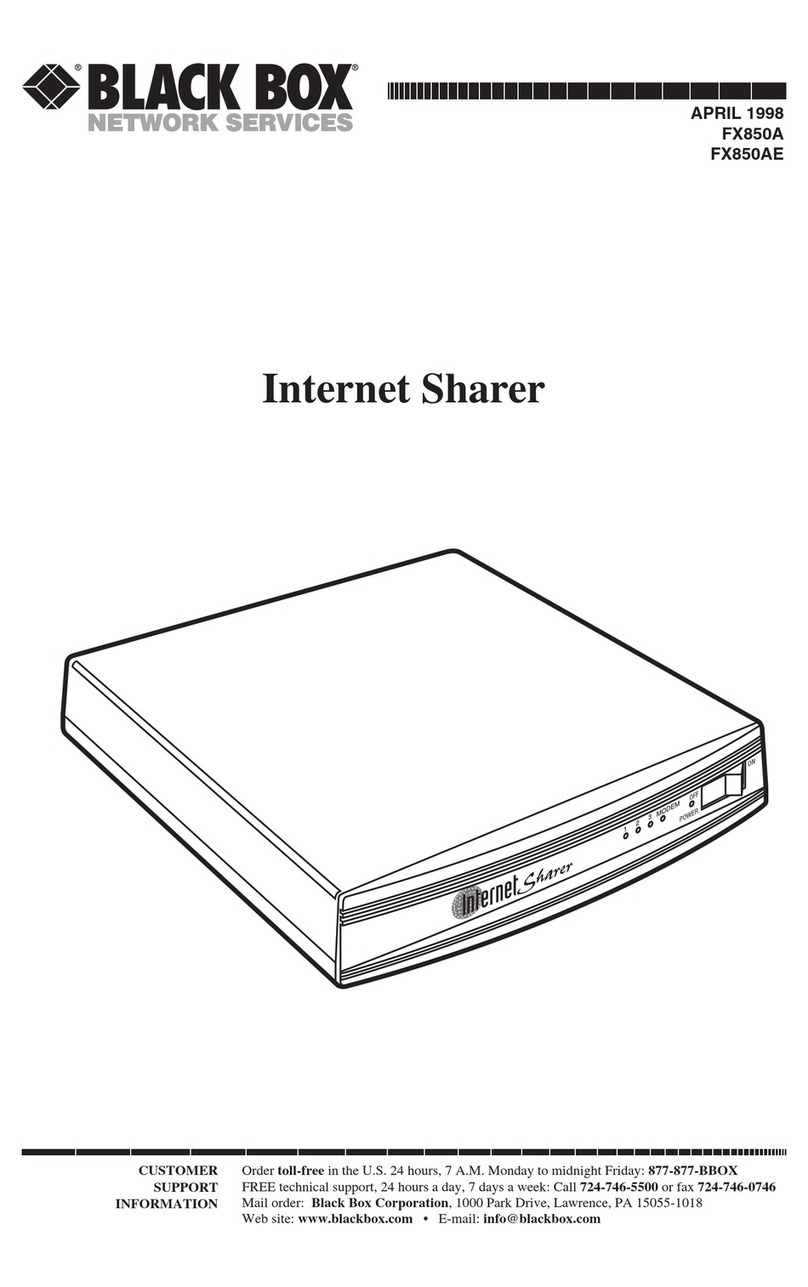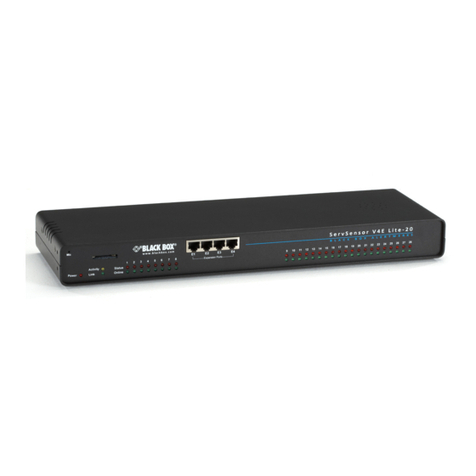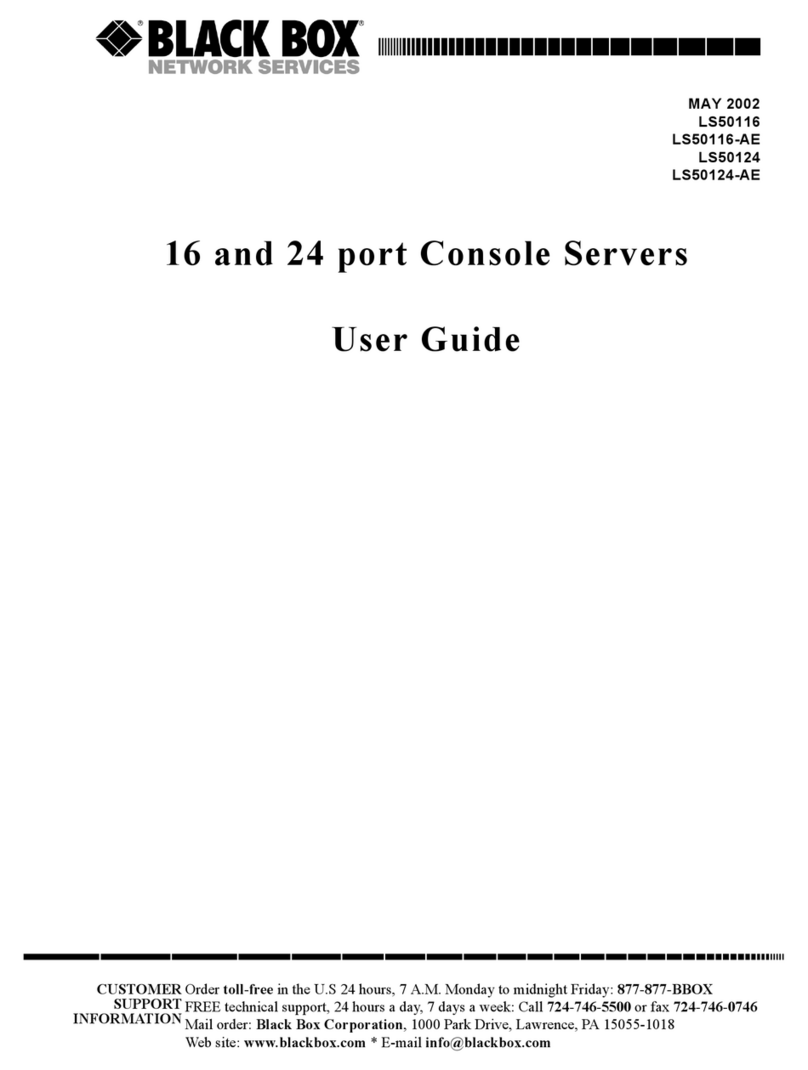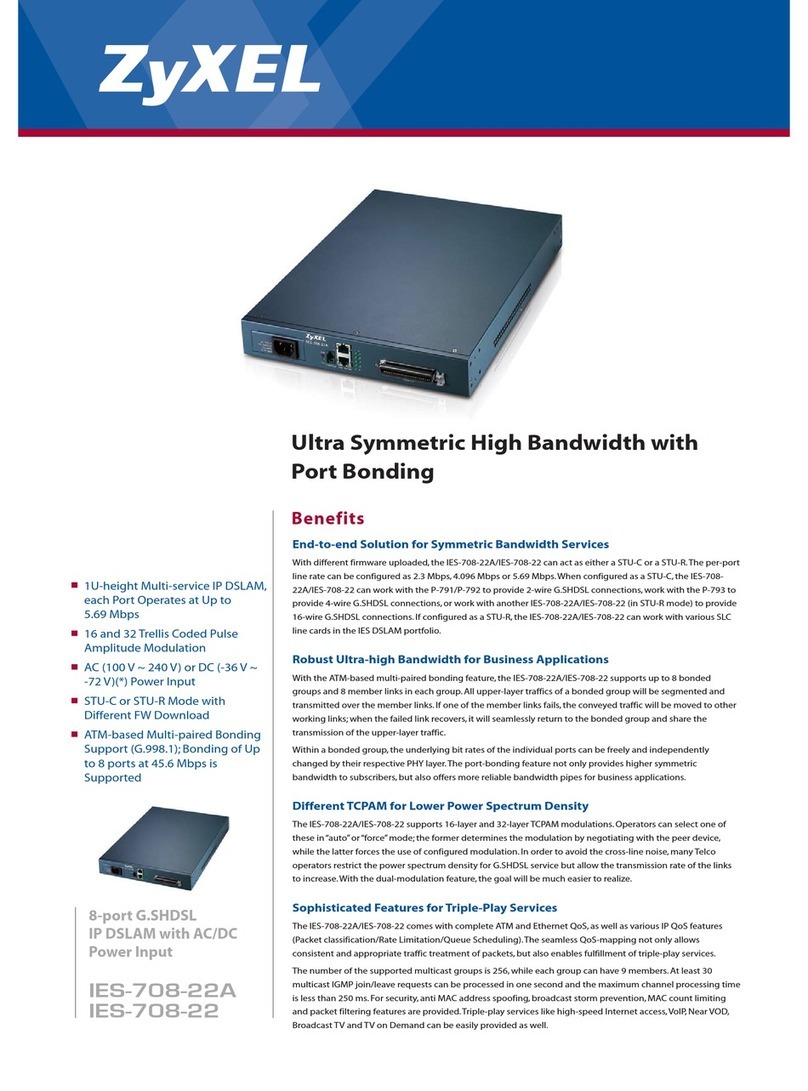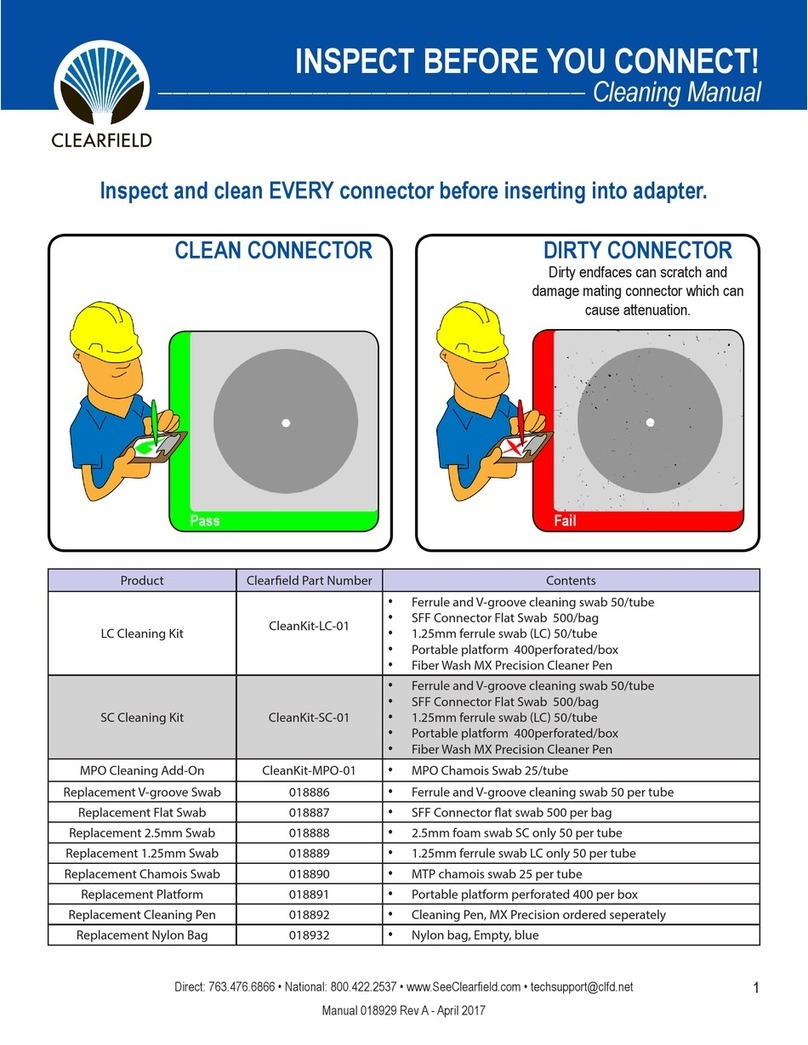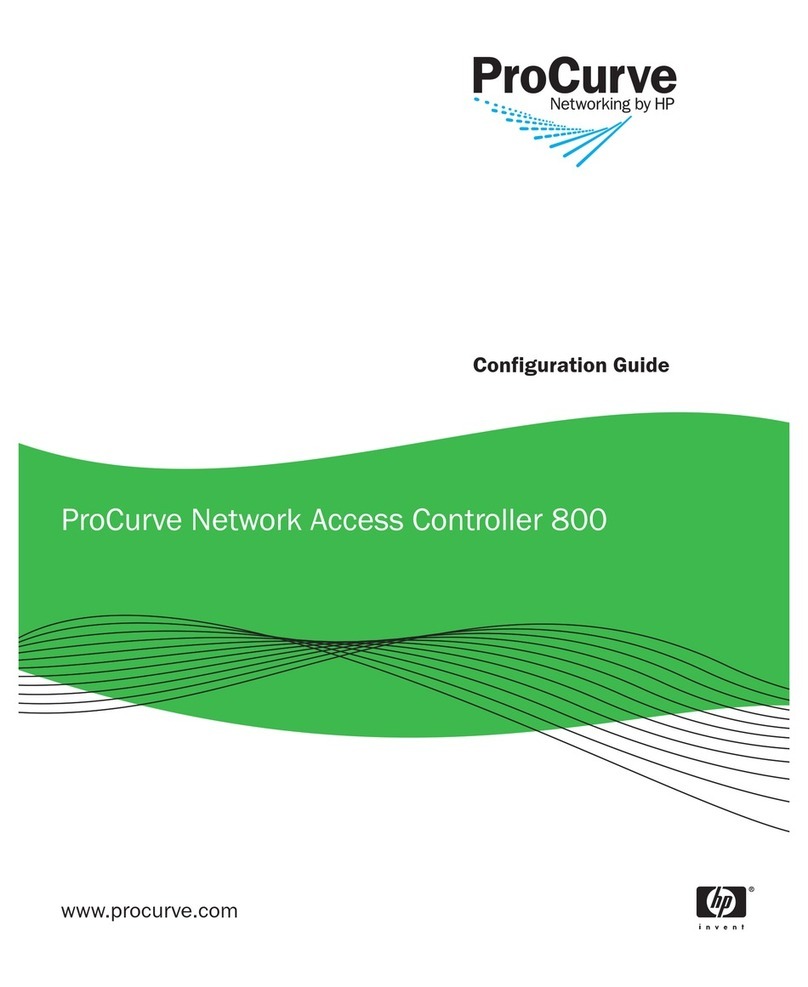Using the menu system, first configure the async channels
to set profiles, sync link, and system parameters. Then use any
of the X.25 PAD-8’s powerful features for your system:
• PVCs.
• Call IDs.
• NUI databases.
• Aliasing.
• IP routing and routing tables.
• Frame Relay funneling.
• X.32 (XID) tables.
• SNMP management and event reporting.
• X.25 multicasting.
The X.25 PAD-8’s circuit board contains two jumpers for
initial configuration purposes and a 68302 CPU that runs the
X.25 PAD-8 software. In most instances, the device operates
unattended. And although its jumpers’ default settings suit
most applications, you can change them to adapt to your
unique operating requirements.
During normal operation, the device’s front-panel Power,
Synchronization, and Main Link LEDs light continuously.
Channel-activity indicators blink according to the traffic load
and turn off when their respective channels are idle.
The X.25 PAD-8’s configuration stores in nonvolatile
memory, so it’s not affected by a power loss. And because the
X.25 PAD-8 has flash memory, you can keep upgrading it —
with even more features—for as long as we keep releasing
new firmware revisions.
If you want to rackmount the X.25 PAD-8, we offer a
Universal Rackmount Kit (RM516) that you can use different
pieces from to either mount a single unit in a 19" rack or
mount two units side-by-side.
X.25 2-Channel FRAD
For smaller installations, choose the X.25 2-Channel FRAD.
It links two async or sync RJ-45 channels to an X.25 or Frame
Relay network via (2) RJ-45 connectors and (1) V.35 (DB25 M)
connector. A DB25 F to M/34 F cable is included.
Integral management configures and monitors both
channels.
TECH SPECS
Async Channel Command Modes — ITU-T Rec. X.28 and proprietary
extensions, ITU-T Rec. X.29
Async Channel Flow Control — X-ON/X-OFF or RTS/CTS flow control
(user-selectable)
Async Channel Log-On Messages — Herald and bulletin (user-definable)
Async Channel Terminal Handling — Enhanced, handling beyond
ITU-T Rec. X.3 requirements
Clocking — X.25 PAD-8: X.25 port: Internal or external;
X.25 2-Channel FRAD: External
Memory — 512 KB RAM
Packet Size — Up to 4096 bytes for X.25; up to 8192 bytes for other
protocols
Protocol — Packet switching: ITU X.25 LAPB or Frame Relay;
Supporting protocols: ITU X.3, X.28, X.29, X.32; LMI, ANSI PVC
management; ANSI T1.606, T1.617 Annex D, T1.618, ITU Q.922
Annex A
Speed — X.25 PAD-8: Async: up to 115.2 kbps;
Composite: Sync up to 2 Mbps;
X.25 2-Channel FRAD: All: Async up to 115.2 kbps, sync RS-232
up to 128 kbps;
MX320A-HS, MX320AE-HS also: Sync V.35 up to 2 Mbps
Throughput — 500 packets per second
Interface — X.25 PAD-8: RS-232, V.35, RS-422 or RS-530;
X.25 2-Channel FRAD: MX320A-HS, MX320AE-HS: V.35;
MX325A-HS, MX325AE-HS: RS-232
Connectors —
X.25 PAD-8: Channels: (8) RJ-45;
Composite: (1) depending on model;
RS-232, RS-530: DB25 F; V.35: M/34 F;
RS-422: DB37 F, via adapter cable;
X.25 2-Channel FRAD: Channels: (2) RJ-45;
Composite: (1) depending on model: RS-232: DB25 M;
V.35: (1) DB25 M with DB25 F to M/34 F cable
Indicators — (14) front-mounted LEDs: (1) Power, (1) Main Link, (1) Error,
(8) Subchannels, (1) Overflow, (1) Test, (1) Synchronization,
Temperature Tolerance — 32 to 122°F (0 to 50°C)
Humidity Tolerance — Up to 90%, noncondensing
Power — X.25 PAD-8: 115 VAC, 60 Hz; 230 VAC, 50 Hz; or -48 VDC;
X.25 2-Channel FRAD: 115 VAC, 60 Hz or 230 VAC, 50 Hz
Size — X.25 PAD-8: 1.7"H x 8.5"W x 9.5"D (4.3 x 21.6 x 24.1 cm);
X.25 2-Channel FRAD: 0.9"H x 4.3"W x 2.1"D (2.3 x 10.9 x 5.3 cm)
Weight — X.25 PAD-8: 3.9 lb. (1.8 kg);
X.25 2-Channel FRAD: 0.2 lb. (0.1 kg)
